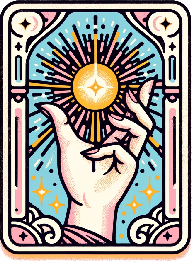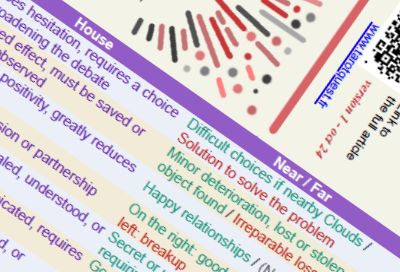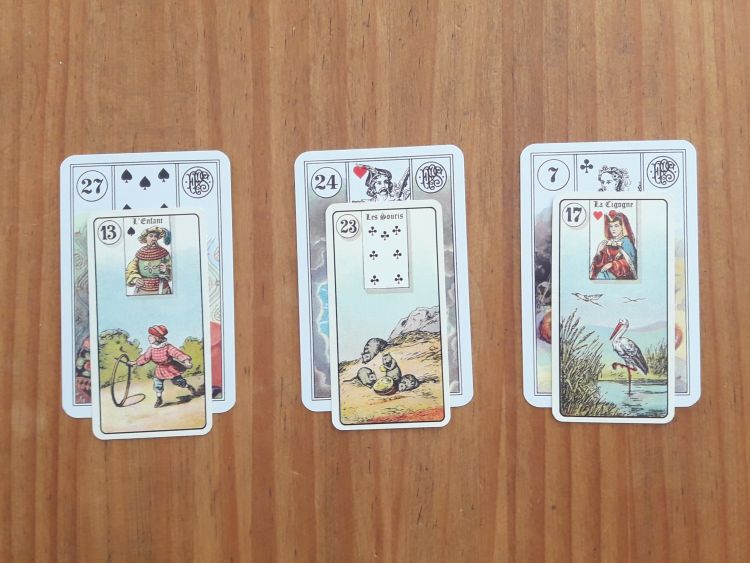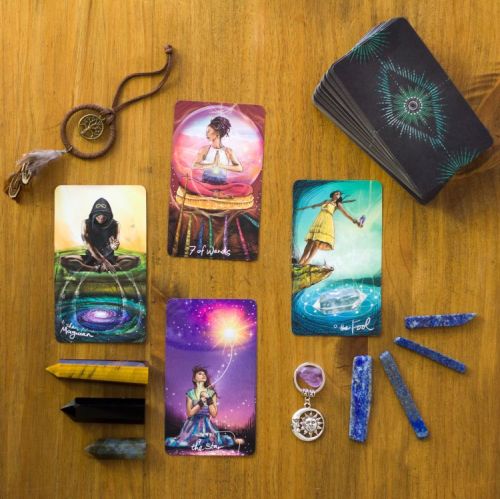
In our previous article, we explored the basics of interpreting the Petit Lenormand by focusing on combining 3 to 5 cards. This approach allows you to associate meanings for nuanced and precise answers. Today, we will delve deeper into this method by addressing a key concept: the Houses in the Grand Tableau.
The Houses represent a new way to enrich your readings by adding an extra dimension to card interpretation. If you've understood how to combine cards, the Houses will allow you to add even more depth to your readings by modifying the meaning of the cards according to their position in the spread.
In this article, I will explain what the Houses are, how they work, and most importantly, how to incorporate them into your readings to refine your interpretations. If you’re ready to take your Petit Lenormand practice to the next level, the Houses are a natural and logical step to explore.







